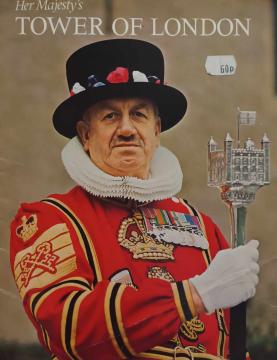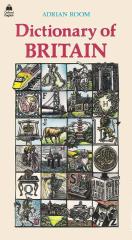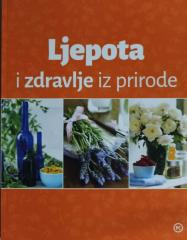
Her Majesty's Tower of London
Londonski toranj je srednjovekovna tvrđava koja čini jednu od centralnih tačaka grada i nalazi se na istočnoj ivici istorijskog centra Londona uz samu severnu obalu reke Temze.
Centralni deo Londonske kule, Belu kulu, sagradio je engleski kralj Vilijam Osvajač 1078. godine, prvenstveno sa zadatkom odbrambene tvrđave koja je trebalo da štiti normanske osvajače Engleske od spoljnih osvajača, ali i od stanovništvo Londona. Građena je od kamena uvezenog iz Francuske po nacrtu i pod nadzorom Francuza Gundulfa, biskupa Ročesterskog. U 12. veku, engleski kralj Ričard I Lavljeg Srca dao je tvrđavu ograditi odbrambenim zidom i jarkom, a jarak je u potpunosti dovršio i učinio korisnim od strane kralja Henrija III. koji je istovremeno od tvrđave, izgradnjom pratećih objekata, napravio najveću kraljevsku palatu i rezidenciju u to vreme. Izgradnju čitavog kompleksa završio je engleski kralj Edvard I u 13. veku. Tokom Stogodišnjeg rata, francuski velikaš Šarl, nećak kralja Francuske, takođe je bio zatočen u londonskom tornju, kao što je prikazano na ovoj slici iz 15. veka. Ovo je najraniji prikaz londonske kule Bela tvrđava i Votergejt. Međutim, Londonski toranj je mnogo poznatiji po svojoj funkciji zatvora, mučenja i mesta smrti za visokorangirane kraljevske zatvorenike i protivnike, od kojih su većina bile važne ličnosti u engleskoj istoriji, kao što su: engleski kralj Henri VI. i njegova žena Margareta, brat kralja Eduarda IV. Džordža, kralja Edvarda V. i njegovog brata Ričarda, druge žene kralja Henrija VIII. Ana Bolejn i njena sestra Džejn, peta žena Henrija VIII. Katarina Hauard, kraljica Džejn Grej i mnogi drugi Do sredine 20. veka, Londonski toranj je korišćen u vojne svrhe i kao zatvor za neke važne zatvorenike. Zanimljivo je da je jedan od poslednjih zatvorenika londonskog Tovera bio nacistički zvaničnik Rudolf Hes, koji je ovde bio zatvoren četiri dana u maju 1941. godine. Danas se u Kuli čuva kruna kraljice Elizabete II. i kraljevske dragulje. Kulu obezbeđuje elitna grupa stražara (osnovana 1485. godine), tzv. Ieomen Varder ili Beefeater (koji su dobili svoje drugo i popularnije ime jer su se u prošlosti, u vreme kada je to bila retkost, hranili kvalitetnim (goveđim) mesom). Danas ovi čuvari, osim što čuvaju samu zgradu, obavljaju i poslove turističkih vodiča. U septembru 2007. godine, prvi put u istoriji službe, kao čuvar je zaposlena žena. Za Kulu se vezuje još jedan kuriozitet, a to su gavranovi koji su se naselili u tvrđavi i tu se nalaze vekovima. Trenutno ih ima osam i svaki od njih ima svoje ime. U samom narodu izraz „biti poslat u Kulu“ značio je biti uhapšen i zatvoren.
Jedan primjerak je u ponudi





